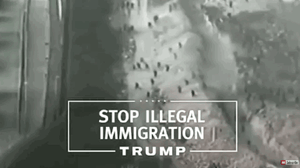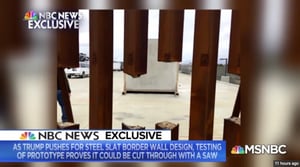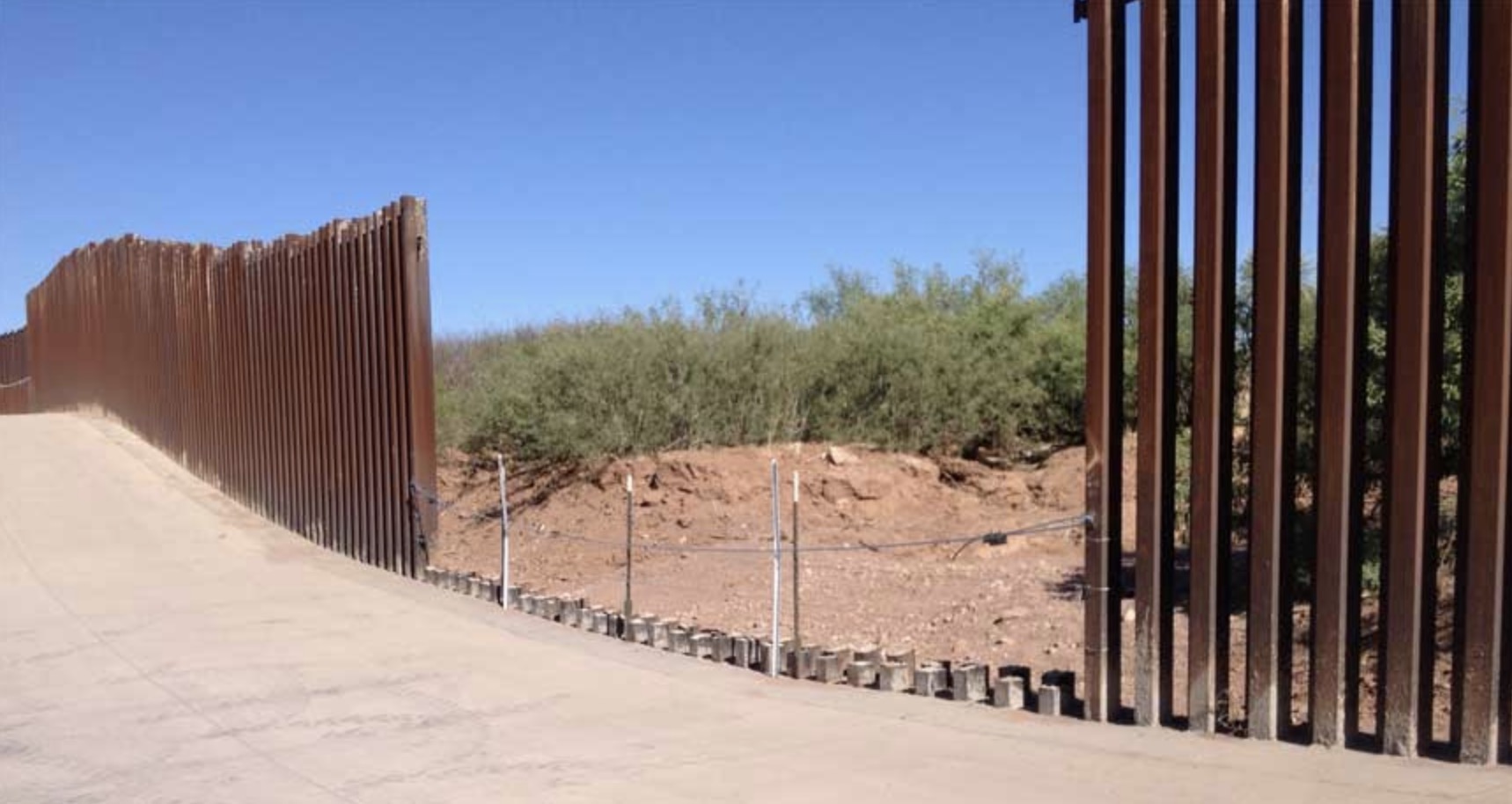No matter where you stand on the border wall dispute that has captivated the nation, you have to admit that it is an important debate. After all, $5 billion is a lot of money and who knows if the wall will really make a difference. But allowing between 200,000 and 2,000,000 people to easily enter the United States every year via the border with Mexico is probably not a good thing either.
You probably just automatically identified yourself with one of those two previous sentences and took it as your position, right? The other sentence may have even made you angry or at least started you thinking about counter-arguments.
In other words, like most political discussions, minds are rarely changed by more facts. It's kind of like a jury trial, right?
You hear one side. You attach to it emotionally and then proceed to ignore evidence that is contrary to your new belief. In jury consulting-speak, this phenomenon is called confirmation bias.
As a jury consulting firm, we've written about confirmation bias many times. See, for example:
- I’m Right, Right? 5 Ways to Manage Juror Bias
- Jurors Will Believe Anything (That They Already Believe)
- When Smart Ain’t So Smart - Cognitive Bias, Experts and Jurors
- Font Matters - A Trial Graphics Consultant's Trick to Overcome Bias
- Could Surprise Be One of Your Best Visual Persuasion Tools?
- 7 Ways to Overcome Cognitive Bias and Persuade
However, A2L is not just a jury consulting firm. We’re also a top-ranked litigation graphics firm (and litigation consulting and trial technology consulting firm). So I'm always baffled by big disputes where the participants fail to use pictures effectively. In this day and age, there is no excuse. The science of visual persuasion is well established. See, What is Visual Persuasion and What Do You Need to Know About It?
 So where are the pictures in this dispute? Where are the images of people crossing the border every day and causing chaos? Where are the videos of people scaling the existing border walls with ease? If either side wants to win this dispute, they need to do a MUCH better job of persuading - visually. Right now, it looks like amateur hour on both sides of the wall dispute. More facts almost never mean more supporters - and that's all we've seen and heard for weeks. Speeches - and they don't move the needle very much, do they?
So where are the pictures in this dispute? Where are the images of people crossing the border every day and causing chaos? Where are the videos of people scaling the existing border walls with ease? If either side wants to win this dispute, they need to do a MUCH better job of persuading - visually. Right now, it looks like amateur hour on both sides of the wall dispute. More facts almost never mean more supporters - and that's all we've seen and heard for weeks. Speeches - and they don't move the needle very much, do they?
Just yesterday I saw some of the first widely circulated images suggesting visually that the wall really won't work because it is easy to cut through. There's also a video showing how easy border walls are to climb. Those are persuasive. But where is the social media influence campaign pushing this and other visuals out? After all, there’s no dispute that pictures on social media influenced the last election.
 On the other side of the dispute, I really have seen very little in the way of pictures to generate an emotional reaction. Where is the illegal entry counter, similar to the national debt clock? The drone view of caravans of illegals storming the border? The memes scaring people into wanting more border security? We are just not seeing them.
On the other side of the dispute, I really have seen very little in the way of pictures to generate an emotional reaction. Where is the illegal entry counter, similar to the national debt clock? The drone view of caravans of illegals storming the border? The memes scaring people into wanting more border security? We are just not seeing them.
People and jurors decide on emotion and justify on facts. Until we start seeing emotional imagery circulated more aggressively, both sides in this dispute will be locked in a stalemate giving speech after speech. Both sides must learn to fight with pictures, just like we do in courtrooms every single day of the year.
As a dad of three eleven-year-old girls, I'm tired of explaining why the museums in DC are closed. I'm sad to see my friends posting on social media about not getting paid. I'd like to see both sides do a better job of fighting visually so they can influence public opinion more effectively and a resolution can be reached more quickly.
Other articles from A2L Consulting about visual persuasion, litigation graphics and more:
- Presentation Graphics: Why The President Is Better Than You
- What is Visual Persuasion and What Do You Need to Know About It?
- How Pictures Are Increasingly Influencing You
- 5 Ways to Apply Active Teaching Methods for Better Persuasion
- 12 Ways to SUCCESSFULLY Combine Oral and Visual Presentations
- 5 Chart Tricks and Cheats to Watch Out For
- 7 Ways to Avoid Making Your PowerPoint Slides Your Handout
- 14 Tips for Delivering a Great Board Meeting Presentation
- Presentation Graphics: Why The President Is Better Than You
- 12 Reasons Bullet Points Are Bad (in Trial Graphics or Anywhere)
- Font Matters - A Trial Graphics Consultant's Trick to Overcome Bias
- 6 Studies That Support Litigation Graphics in Courtroom Presentations
- 8 Videos and 7 Articles About the Science of Persuasion
- Could Surprise Be One of Your Best Visual Persuasion Tools?
- Advocacy and Lobbying Presentations
- Why reading PowerPoint litigation graphics slides hurts your trial presentation's effectiveness
- Why shouldn't I just make my own PowerPoint slides?
- 16 Litigation Graphics Lessons for Mid-Sized Law Firms
- Free E-Book Download: Persuading with Litigation Graphics
- The 14 Most Preventable Trial Preparation Mistakes
- 12 Reasons Bullet Points Are Bad (in Trial Graphics or Anywhere)
- 6 Studies That Support Litigation Graphics in Courtroom Presentations





Leave a Comment